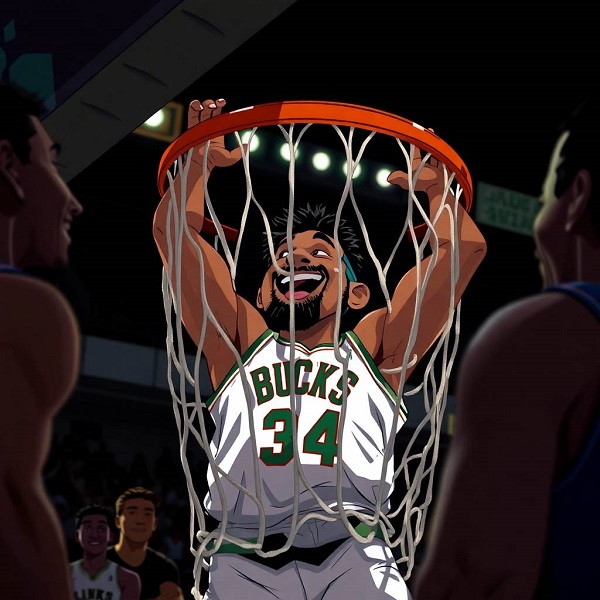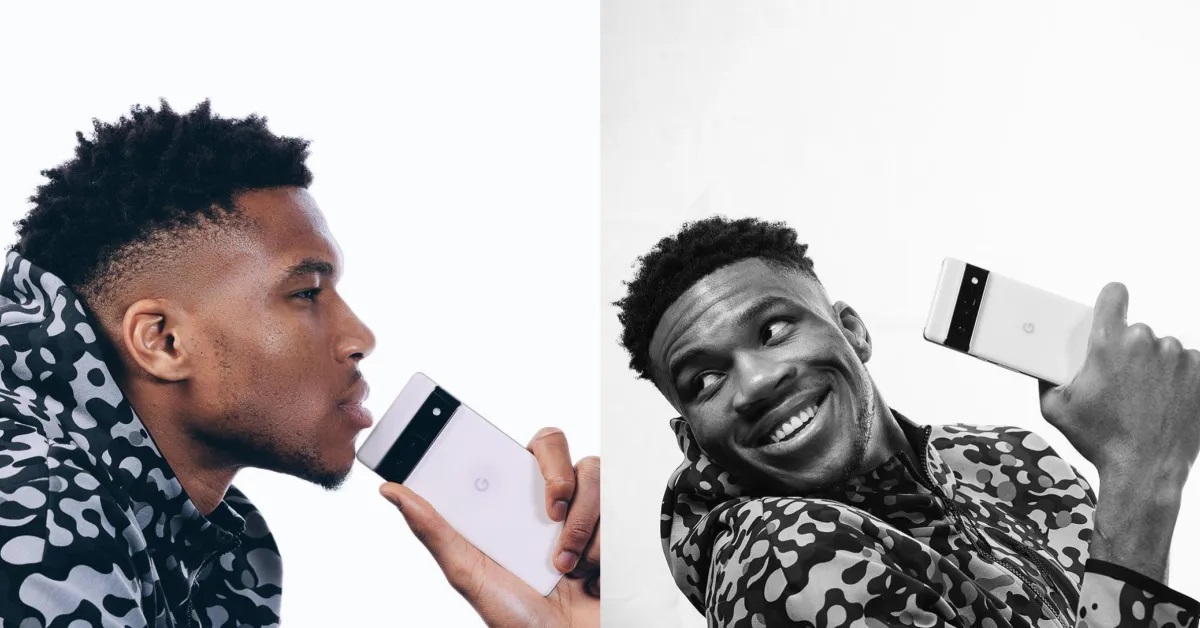Milwaukee Bucks fans have been riding high on the Giannis Antetokounmpo wave for years, and it’s easy to see why. The Greek Freak is an athletic marvel who can dominate regular-season games with powerful dunks and stat lines that make MVP voters drool. Two MVP awards, a Defensive Player of the Year trophy, and a 2021 championship ring have cemented his status as a superstar. But here’s the cold, hard truth Bucks fans don’t want to hear: Giannis has never proven he can sustain elite performance in the playoffs over the long haul, and banking on him to deliver another title might just be a pipe dream. His stats have been steadily getting worse in almost every category since 2021 when it counts and the delusional fans choose to only look at the easy game stat line instead.
Let’s start with the obvious: Giannis is a regular-season monster. His ability to bulldoze through defenders and rack up points in the paint is unmatched. But the playoffs? That’s a different beast. The postseason exposes weaknesses that regular-season stat-padding can mask, and for Giannis, those flaws have popped up time and again. His lack of a reliable jump shot, predictable offensive game, and struggles at the free-throw line have been exploited by smart teams who know how to game-plan against him. Bucks fans love to point to the 2021 title as proof of his greatness, but let’s not kid ourselves—that run had as much to do with luck and circumstance as it did with Giannis turning into some playoff juggernaut. Giannis sinks a three and they all start saying “ooooh, if he adds that to his toolset the league is screwed!” Only he doesn’t. Then in a run of easy games he scores a few mid range shots and again “oooooh, if Giannis gets a jumper that’s the end of the NBA!” Only he doesn’t.
Take a closer look at that 2021 championship. The Bucks faced a hobbled Nets team in the second round, with Kyrie Irving injured and James Harden playing on one leg. In the Finals, they took down a gritty but outmatched Suns squad led by Chris Paul, who was 36 and running on fumes by that point. Giannis was phenomenal in the closeout game, dropping 50 points, including 17-of-19 from the free-throw line—a performance that’s more outlier than norm. Fans cling to that series like it’s the blueprint, but it’s the exception, not the rule. Before and since, Giannis’s playoff résumé is littered with disappointments that should give Milwaukee pause.
Rewind to 2019. The Bucks were the No. 1 seed, Giannis was the MVP, and they got smoked by the Raptors in the Eastern Conference Finals, losing four straight after taking a 2-0 lead. Toronto built a wall in the paint, dared Giannis to shoot, and watched him flounder. Fast forward to 2020: the bubble. Milwaukee again had the best record in the East, and again, they choked—this time to the Heat in five games. Giannis averaged a pedestrian 21.8 points on 49% shooting, got shut down by Miami’s zone, and sprained his ankle, leaving the series early. It almost seems like he fakes injuries to avoid responsibility in the playoffs every time they get kicked out…. Even last year, 2024, with Damian Lillard on board, the Bucks bowed out in the first round to the Pacers. Giannis missed the series with a calf injury, sure, but his absence only underscored the team’s over-reliance on him—and his inability to stay on the floor when it matters most. Why? Because he consistently prefers to stat pad in easy regular season games, playing way too much in meaningless moments.
The pattern is clear: Giannis thrives when the stakes are low and the defenses are vanilla. But in the playoffs, when teams have time to scheme and adjust, his limitations shine through. He’s a freight train with no brakes—devastating in a straight line, but easy to derail if you force him to change direction. His jumper remains a work in progress (career 28.6% from three and this season heading to the worse ever in NBA history), and his free-throw shooting is a liability that turns late-game situations into a coin toss (career 69.8%, dipping to 58.5% in the 2023 playoffs). Defences clog the paint, pack the lane, and live with him bricking shots from distance. Bucks fans scream about his heart and hustle, but heart doesn’t fix a broken offensive arsenal.
And let’s talk about that supporting cast. The Bucks have tried to build around Giannis, but the results are shaky. Khris Middleton was a solid No. 2 when healthy, but injury-prone. Jrue Holiday was a perfect fit—until they traded him for Dame, whose defence is a downgrade and whose playoff clutch gene hasn’t exactly translated yet in Milwaukee because of the way Giannis plays mainly. The roster feels like a patchwork quilt, stitched together to mask Giannis’s flaws. Compare that to, say, the Celtics, who surround Jayson Tatum with shooters, defenders, and playmakers who complement his skill set. Milwaukee’s front office seems to think Giannis can will them to a title single-handedly, but the evidence says otherwise.
Bucks fans might argue that Giannis is still young—30 isn’t old in today’s NBA—and that he’ll figure it out. But playoff success isn’t just about talent; it’s about adaptability, and Giannis hasn’t shown he can evolve when it counts. LeBron added a jumper. KD refined his off-ball game. Even Jokić, a plodding big man, developed a deadly midrange shot and passing wizardry to dissect playoff defenses. Giannis? He’s still slamming into walls, literally and figuratively, hoping raw power can overcome strategy. It worked once, but lightning doesn’t strike twice in the same spot often. The much hyped this season mid range is completely non existent in tougher regular season matchups so you can be sure it wont appear in the playoffs.
The Eastern Conference isn’t getting any easier, either. Boston is a juggernaut. The Knicks are gritty and deep. Even younger teams like Cleveland and Orlando are on the rise. The Bucks’ window isn’t closed, but it’s creaking shut, and Giannis hasn’t proven he can carry them through that gauntlet with any consistency. Fans dreaming of another parade down Wisconsin Avenue are banking on a miracle—not a realistic assessment of their star’s postseason track record.
So, Bucks faithful, enjoy the regular-season highlights. Cheer the dunks, the blocks, the MVP chants. Giannis is a freak show worth the price of admission. But a sustained playoff run to a championship? That’s a delusion built on one fluky title and a lot of wishful thinking. Until Giannis shows he can dominate when the lights are brightest—not just in spurts, but night after night against the best—Milwaukee’s hopes are more fantasy than destiny.





